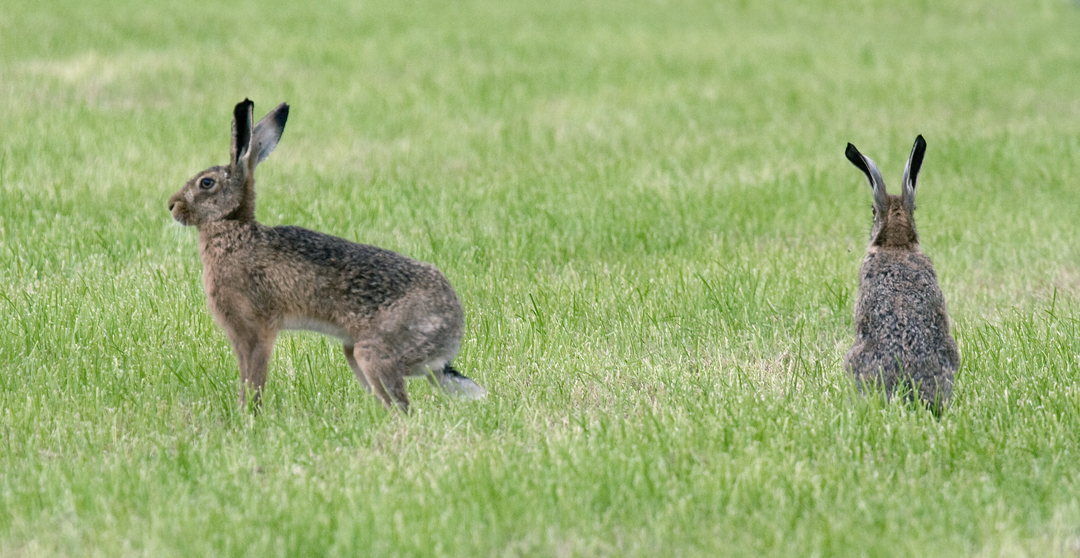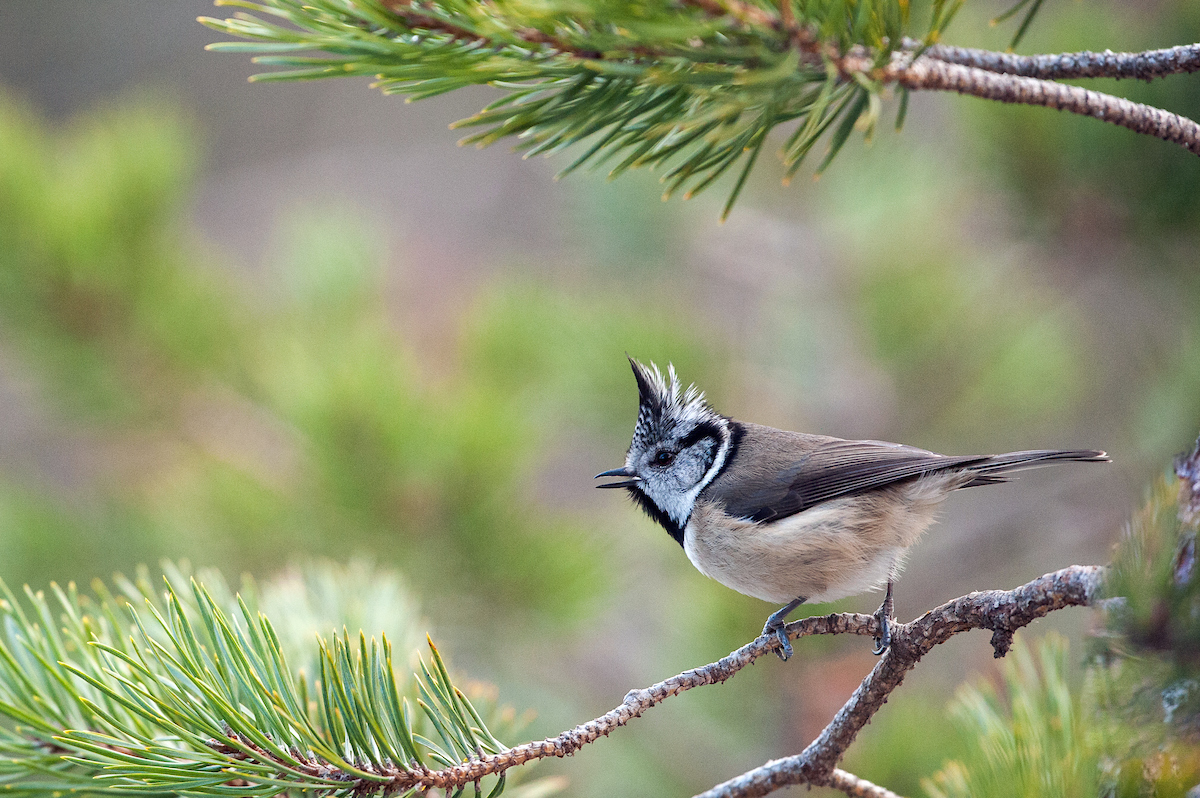BTO publishes peer-reviewed papers in a wide range of scientific journals, both independently and with our partners. If you are unable to access a scientific paper by a BTO author, please contact us.
Search settings
Habitat diversity and structure regulate British bird richness: Implications of non-linear relationships for conservation
Author: Carrasco, L., Norton, L., Henrys, P., Siriwardena, G.M., Rhodes, C.J., Rowland, C. & Mortona, D.
Published: 2018
18.08.18
Papers
Implications of transformation to irregular silviculture for woodland birds: A stand wise comparison in an English broadleaf woodland
Author: Alder, D.C., Fuller, R.J. & Marsden, S.J.
Published: 2018
Woodland birds in Britain have undergone significant long term declines since the late 1960s, associated in particular with changes in woodland structure in general, and loss of early successional vegetation. Irregular, continuous canopy broadleaf management is a form of selective logging, very recently adopted in UK that produces woodlands with open canopies and substantial mid- and understorey growth. We examined spring and late winter bird densities, estimated using distance sampling, at 310 points in irregular, transitional (that being managed towards irregular), limited intervention, and coppice stands within a large working broad-leaf woodland in lowland southern Britain. Almost all understorey and canopy vegetation measures differed significantly across stand types. Ten of 20 species had highest spring abundance in irregular woodland, five in coppice, three in transitional, and just two in limited intervention. In winter, 5–6 species preferred each of limited intervention, irregular and transitional, while no species preferred coppice. Densities differed little across seasons except in Paridae where abundances increased in late winter during which limited intervention stands were used more by this group. Birds generally occupied similar niche positions and had similar niche breadths across seasons. Compared to under-managed woodlands, irregular silviculture in UK’s broadleaf woodlands is likely to enhance habitat quality for woodland birds, including several species of conservation concern e.g. marsh tit Poecile palustris which was twice as abundant in irregular stands as in any other stand type.
15.08.18
Papers
Large gulls taking fully grown shorebirds during spring passage in Delaware Bay, USA
Author: Clark, J.A., Atkinson, P.W., Dey, A., Gillings, S., Mace, J. & Neima, S.
Published: 2018
15.08.18
Papers
Evaluating spatiotemporal trends in terrestrial mammal abundance using data collected during bird surveys
Author: Massimino D., Harris S.J., Gillings, S
Published: 2018
Information on the status of biodiversity is crucial for species conservation and management. Large scale assessments are only feasible through citizen science but some taxa are poorly monitored because few people specialise in them. This paper explores how to alleviate this problem by using data collected for poorly monitored species as an add-on to existing bird surveys.
04.08.18
Papers

Monitoring landscape-scale environmental changes with citizen scientists: Twenty years of land use change in Great Britain
Author: Martay, B., Pearce-Higgins, J.W., Harris, S.J. & Gillings, S.
Published: 2018
Citizen science is increasingly recognised as one of the most cost-effective means of achieving large-scale and long-term biodiversity monitoring. We’re quite familiar with this concept for birds and butterflies, but what about for habitat? Historically, changes in habitat or land cover in the UK have been recorded through two main approaches: professional field data collection and remote sensing using satellites. Both have major limitations: field surveys are costly and can only cover small areas, whereas remote sensing can cover the whole country but with less detail and greater uncertainties.
09.07.18
Papers
